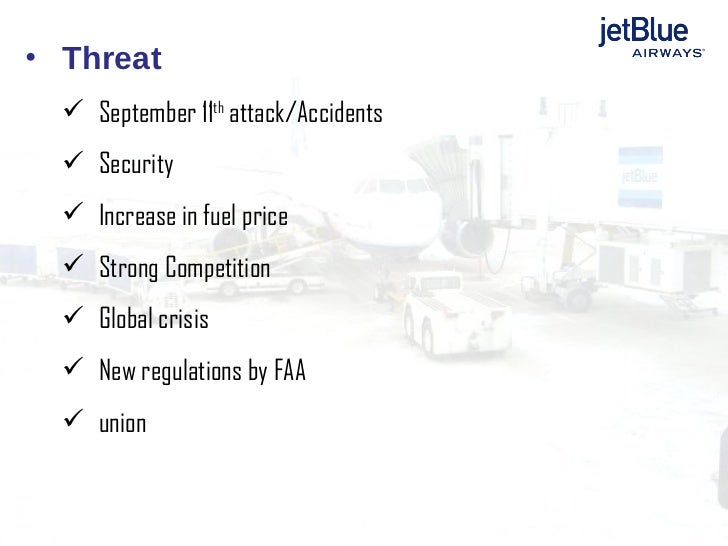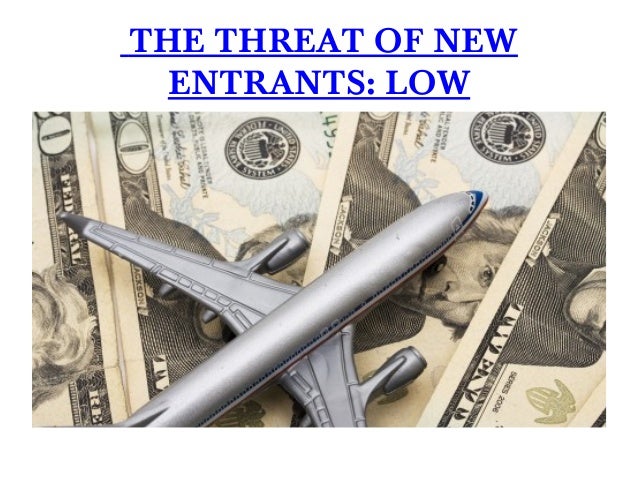
JetBlue competitive strategy focuses on a high level of innovation, customer satisfaction and aircraft productivity To prosper in the competitive global marketplace Airlines must maximize production and efficiency while maintaining customer driven. They have been successful in reducing their long-term costs by investing in new innovations that will improve the efficiency of their aircraft as well as provide more services to customers both in-flight and on the ground. JetBlue continues to lead the industry technological innovation. In addition to expanding their own routes, JetBlue can build strategic alliances in order to provide seamless service to destinations not directly served by the airline including international destinations. ment of the travel population travel to tropical destinations along the west coast USA, which JetBlue controls little market share.

The majority of JetBlue’s flight operations are based in t. However, this is not feasible for long distance and overseas travel. If traveling shorter distances consumers may decide to drive instead of flying. Threats from Substitues – Moderate (Inceasing)Įven in today’s dynamic business environment there exists few substitutes for air travel, particularly in the United States. JetBlue has developed working relationships with manufactures Airbus and Embraer to maintain the cost-saving efficiencies that the airline requires. Neotioation power is limited for Jetblue since most key factors of production including fuel and aircraft are sold by suppliers with little competition. The few number of aircraft manfactueres in the airline industry create low buying power for the all airlines including JetBlue.

JetBlue will continue to be faced with many important pricing decisions as the company grows. The perfect knowledge of customers today gives them a significant amount of buying power as all airlines are forced to compete on pricing. Consumers are able to compare prices of nearly airline on any route.

The explosion of online ticket site continues to grow and grow. Consumers of air travel today have more knowledge of the market than ever before. The presence of substitutes and low brand loyaty creates substantial buying power in the market. High exit barriers and mergers among competition makes it extremely difficult to growth in the industry The large number of players in the industry combined with falling profit margins intensifies the competition. Historically the Airline industry is one of the most competitive fields today. Threats from Existing Competitors – Extremely High


 0 kommentar(er)
0 kommentar(er)
